Remember when the whole family would gather around the television set on Saturday nights? Those were the days when variety shows ruled the airwaves, offering a mishmash of comedy skits, musical performances, and outlandish costumes that kept us entertained for hours. The 1970s was truly the golden age of variety television, featuring celebrity hosts who would sing, dance, and perform alongside weekly special guests in ways that today’s audiences might find absolutely bewildering.
1. The Sonny & Cher Comedy Hour (1971-1974)

This husband-and-wife duo charmed America with their witty banter and musical performances, always opening with their hit “I Got You Babe” and closing with “The Beat Goes On.” Sonny played the straight man to Cher’s zingers, with her famous “zingers” often poking fun at his height, intelligence, and musical abilities in ways that would make today’s sensitivity readers clutch their pearls. Their outrageous Bob Mackie-designed costumes pushed the boundaries of network television, with Cher’s revealing outfits causing CBS executives to implement the first “navel rule” in broadcast history. Ultimate Classic Rock reflects on the cultural and musical landscape at the time when this dynamic duo exploded onto screens.
The show’s success was built on their authentic relationship dynamics, making it all the more awkward when their real-life marriage fell apart while the show was still on the air. They attempted to continue after their divorce, but the magic was gone, and audiences could feel the tension beneath the smiles and sequins. The show’s format—relying on the chemistry of a real-life couple whose relationship status became tabloid fodder—represents a vulnerability that modern networks would never risk in today’s social media landscape.
2. The Carol Burnett Show (1967-1978)
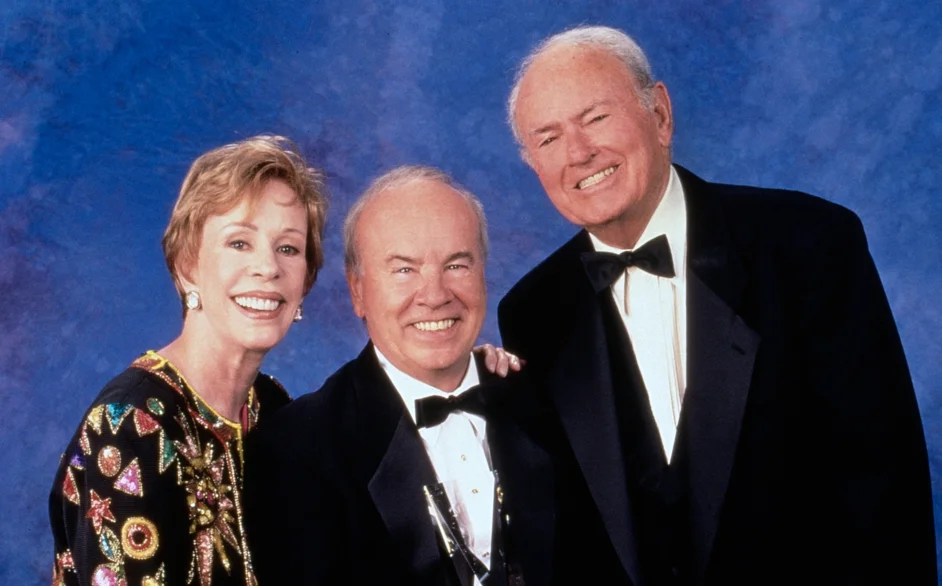
Carol Burnett’s variety masterpiece set the gold standard with its perfect blend of parody, musical numbers, and character-driven comedy that influenced generations of performers. Her legendary ensemble cast including Harvey Korman, Tim Conway, Vicki Lawrence, and later Dick Van Dyke, specialized in breaking character and making each other laugh on camera—a spontaneity that today’s heavily edited and focus-grouped productions rarely allow. The show’s “Gone with the Wind” parody featuring Burnett wearing curtains complete with rod across her shoulders (“I saw it in the window and I just couldn’t resist”) remains one of television’s most iconic comedic moments of all time. BBC happily reports that, even after all these decades, Burnett still has ways of wowing us.
What made this show special was the raw, live-performance feel where mistakes weren’t edited out but celebrated as part of the experience. Conway was famous for surprising his castmates with unscripted antics, causing Korman to regularly lose composure in what became anticipated weekly highlights. The show’s Q&A opening where Burnett took unplanned questions from the studio audience represented a vulnerability and improvisation element that network executives would likely deem too risky in today’s carefully controlled environment.
3. Donny & Marie (1976-1979)
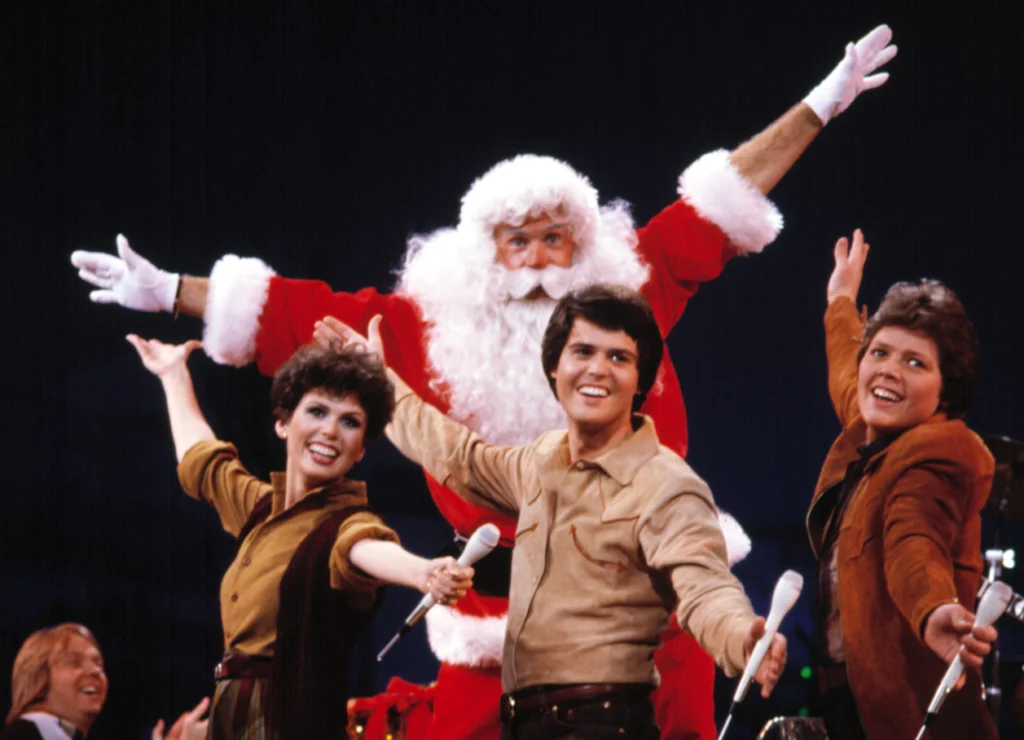
The squeaky-clean brother-sister duo from the Osmond family skated, sang, and smiled their way into America’s hearts with their wholesome brand of entertainment. Marie would always remind us she was “a little bit country” while Donny proclaimed he was “a little bit rock and roll” before launching into their respective musical segments that showcased surprisingly impressive production values for a weekly television program. Their elaborate ice skating routines—performed on an actual rink built into their studio—demonstrated the kind of expensive, specialized set pieces that would send today’s production accountants running for the hills. CBS News recounted when this iconic duo split to pursue their own goals.
The show succeeded largely because of the performers’ youth—Donny was just 18 and Marie only 16 when the show began—creating a merchandising bonanza with dolls, lunchboxes, and magazines that would make modern child labor advocates deeply uncomfortable. Their saccharine family-friendly content and Mormon values provided a striking contrast to the disco era’s more adult entertainment trends, making them both wildly popular and frequently parodied. The entire premise of putting teenage siblings in charge of a prime-time variety show feels like a concept from another universe in today’s landscape of extensively trained adult entertainers.
4. The Gong Show (1976-1980)
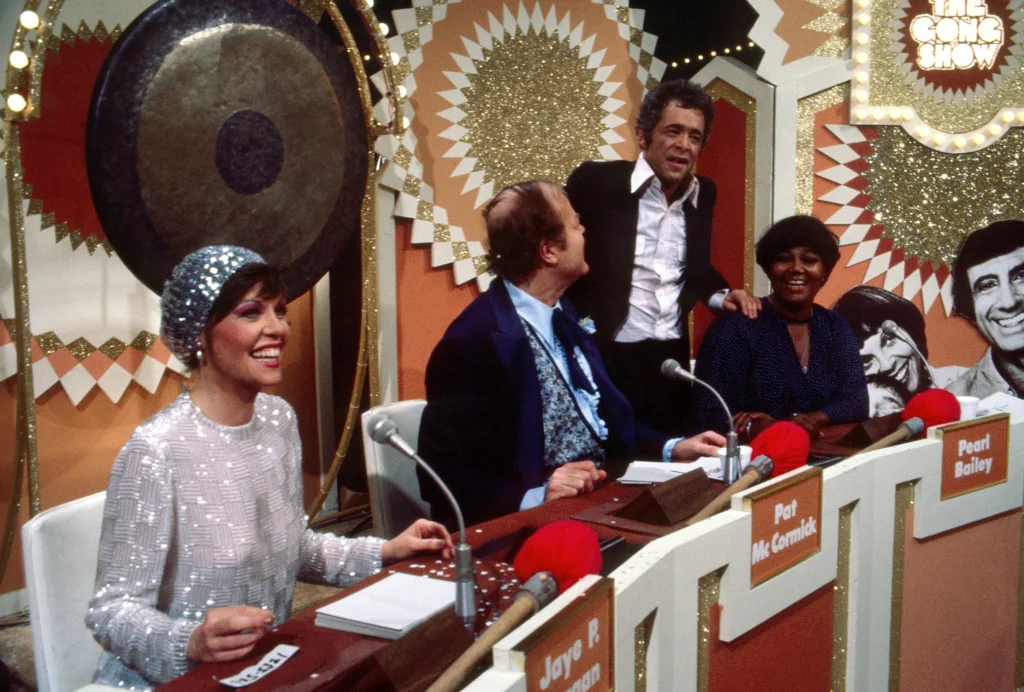
Chuck Barris created the original amateur talent competition that made today’s versions look positively dignified, featuring everyday people performing often bizarre acts until celebrity judges would hit a massive gong to end particularly painful performances. The unpredictable nature of the contestants—who ranged from legitimate talents to people whose only skill seemed to be embarrassing themselves on national television—created a chaotic energy that kept viewers wondering what they might witness next. Recurring acts like Gene Gene the Dancing Machine and the Unknown Comic (a man with a paper bag over his head) became cult figures despite having little traditional talent.
Barris himself hosted the show with a manic, unstable energy that fueled rumors he was regularly under the influence during tapings—something he neither confirmed nor denied in his autobiography, which also claimed he moonlighted as a CIA assassin between television productions. The show’s minimal screening process allowed for occasional risqué acts that slipped past censors, including the infamous “Popsicle Twins” performance that got the show temporarily pulled from the air. The combination of Barris’s erratic hosting, minimal production values, and the show’s celebration of both genuine talent and magnificent failure created a viewing experience that feels impossible to replicate in today’s more controlled, litigation-conscious entertainment environment.
5. Hee Haw (1969-1992)
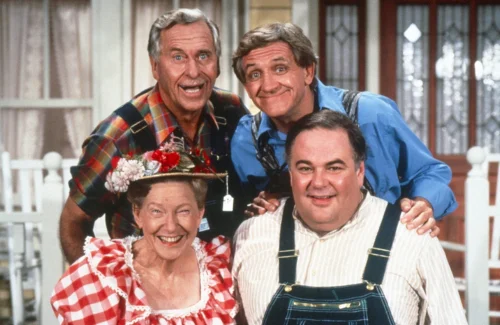
This cornpone country music variety show hosted by Buck Owens and Roy Clark initially seemed like a rural response to “Laugh-In” but outlasted most of its contemporaries by finding its niche and sticking to it like a pig in mud. The show’s format alternated between country music performances from genuine Nashville stars and comedy sketches featuring overalls, haystacks, and an abundance of deliberately terrible jokes delivered by performers like Minnie Pearl, Grandpa Jones, and Junior Samples. Its Kornfield Kounty setting featured recurring bits like “PFFT! You Was Gone!” and “Gloom, Despair and Agony on Me” that became cultural touchstones for rural America even as coastal critics dismissed the show as lowbrow entertainment.
What’s remarkable about “Hee Haw” is how it unabashedly embraced rural stereotypes while simultaneously showcasing some of country music’s greatest talents performing their biggest hits without irony or apology. The show featured scantily-clad “Hee Haw Honeys” in revealing farmer’s daughter outfits delivering deliberately groan-worthy punchlines in a juxtaposition of wholesomeness and suggestiveness that would bewilder today’s audience. The show’s unapologetic celebration of rural Southern culture would likely be scrutinized from all political angles today, with its stereotypical portrayals feeling either offensive or like an endangered cultural expression depending on one’s perspective.
6. The Dean Martin Show (1965-1974)
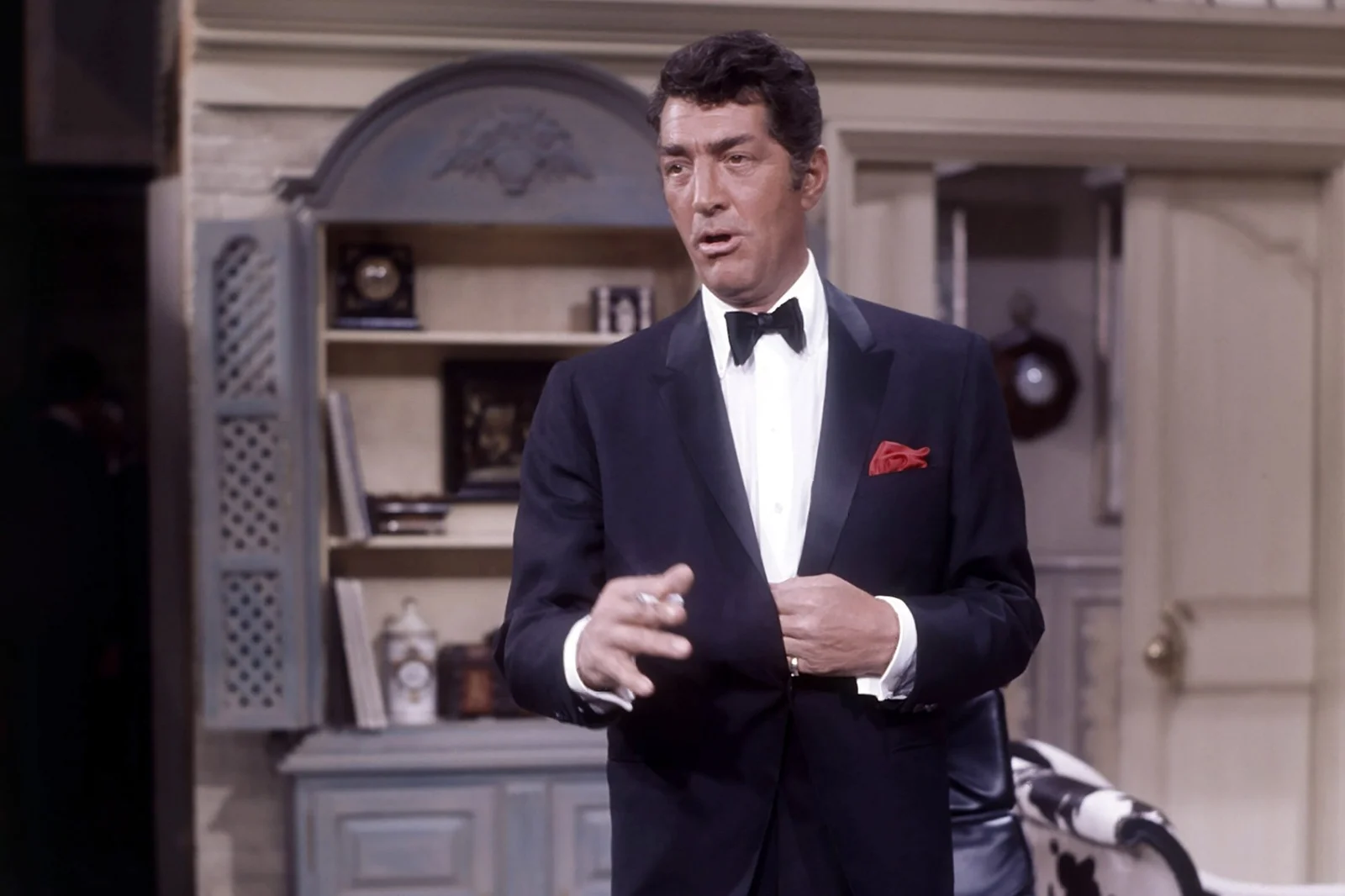
“Dino” epitomized cool as he seemingly lounged through his variety hour with a cigarette in one hand and a whiskey glass in the other, projecting an air of casual indifference that masked meticulous preparation. Martin’s persona as a perpetually tipsy charmer who could barely be bothered to rehearse (his pre-recorded “responses” to guest introductions became a running gag) created an atmosphere of unpredictable adult entertainment that viewers found irresistible. His weekly “Celebrity Roasts” featured Hollywood stars and politicians trading barbs that ranged from gently ribald to genuinely shocking, delivered with a wink and a nod that suggested it was all in good fun.
The show’s celebration of drinking culture—from Martin’s ever-present cocktail glass to jokes about intoxication—feels particularly jarring compared to today’s more health-conscious entertainment landscape. Martin’s famous line that he didn’t drink anymore “than the average airline pilot” and similar quips about functional alcoholism would never make it past today’s network censors or social responsibility standards. The show’s casual sexism, exemplified by the gold lamé-clad “Golddiggers” dance troupe and Martin’s wolfish behavior toward female guests, represents a style of entertainment that belongs firmly in the amber of television history.
7. Shields and Yarnell Show (1977-1978)
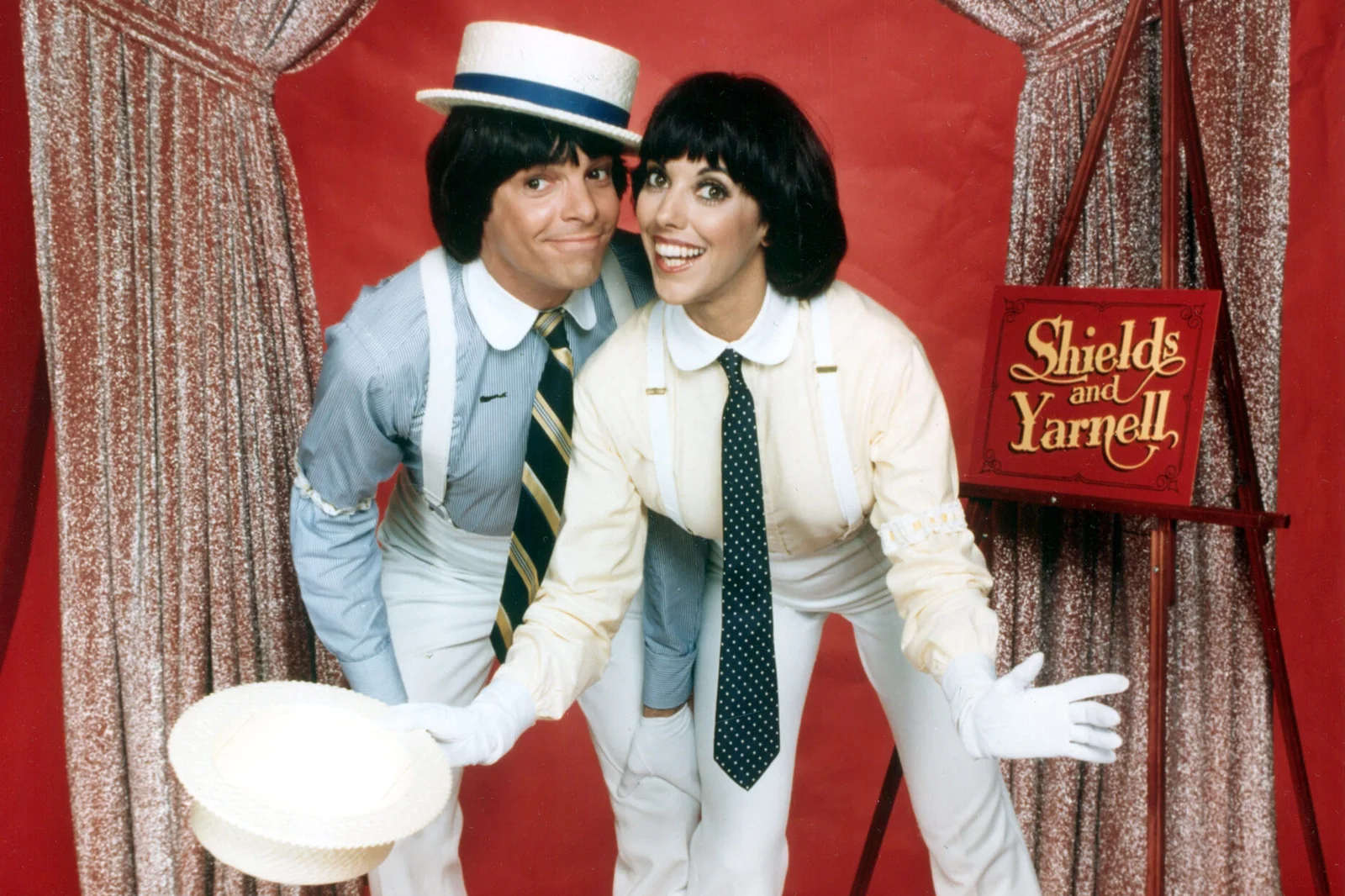
This short-lived but memorable variety program starred the mime duo Robert Shields and Lorene Yarnell, proving that silent performance could somehow support an entire prime-time television series. Their signature characters—the robot-like “Clinkers”—performed mechanical movements with such precision that viewers often forgot they were watching humans rather than actual automatons. The show featured guest stars who would attempt to mimic the duo’s mime techniques, resulting in hilarious failures that highlighted just how difficult their seemingly simple performances actually were.
The entire premise—a weekly variety show built around mime artists—represents perhaps the most “couldn’t happen today” concept on this entire list. Their primary act involved absolutely no dialogue, relying entirely on physical comedy and facial expressions during an era before remote controls were common (meaning viewers had to physically get up to change the channel). In today’s entertainment landscape, where viewer attention is fragmented across multiple screens and platforms, the idea of silent performers commanding a prime-time network slot feels almost quaint—like suggesting a radio program featuring jugglers.
8. The Flip Wilson Show (1970-1974)
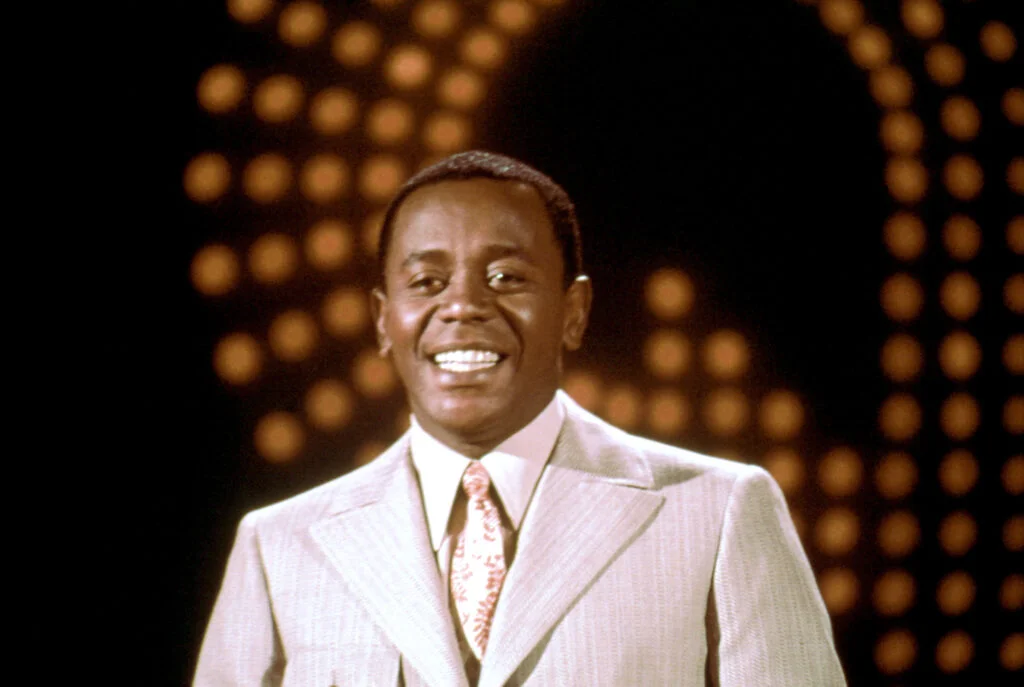
As the first African American to host a successful variety show, Flip Wilson broke barriers while making America laugh with characters like sassy Geraldine Jones and her catchphrase “The devil made me do it!” Wilson’s cross-dressing performances as Geraldine—complete with miniskirts and flirtatious behavior—became his trademark, allowing him to deliver social commentary through comedy during a pivotal time in American race relations. His natural charisma and ability to put guests at ease led to memorable appearances by everyone from Muhammad Ali to The Reverend Billy Graham, who gamely played along with Wilson’s gentle but pointed comedy.
The show’s format, which often featured Wilson playing multiple characters interacting with celebrity guests, relied heavily on racial humor that—while groundbreaking for its time—would require much more nuanced handling in today’s cultural climate. Wilson’s Geraldine character in particular, with her exaggerated feminine mannerisms and catchphrases, walks a line between celebration and stereotype that would invite intense scrutiny today. The show’s willingness to address racial issues through comedy—when most television was still pretending racial tensions didn’t exist—demonstrated a boldness that helped change the television landscape forever.
9. Pink Lady and Jeff (1980)
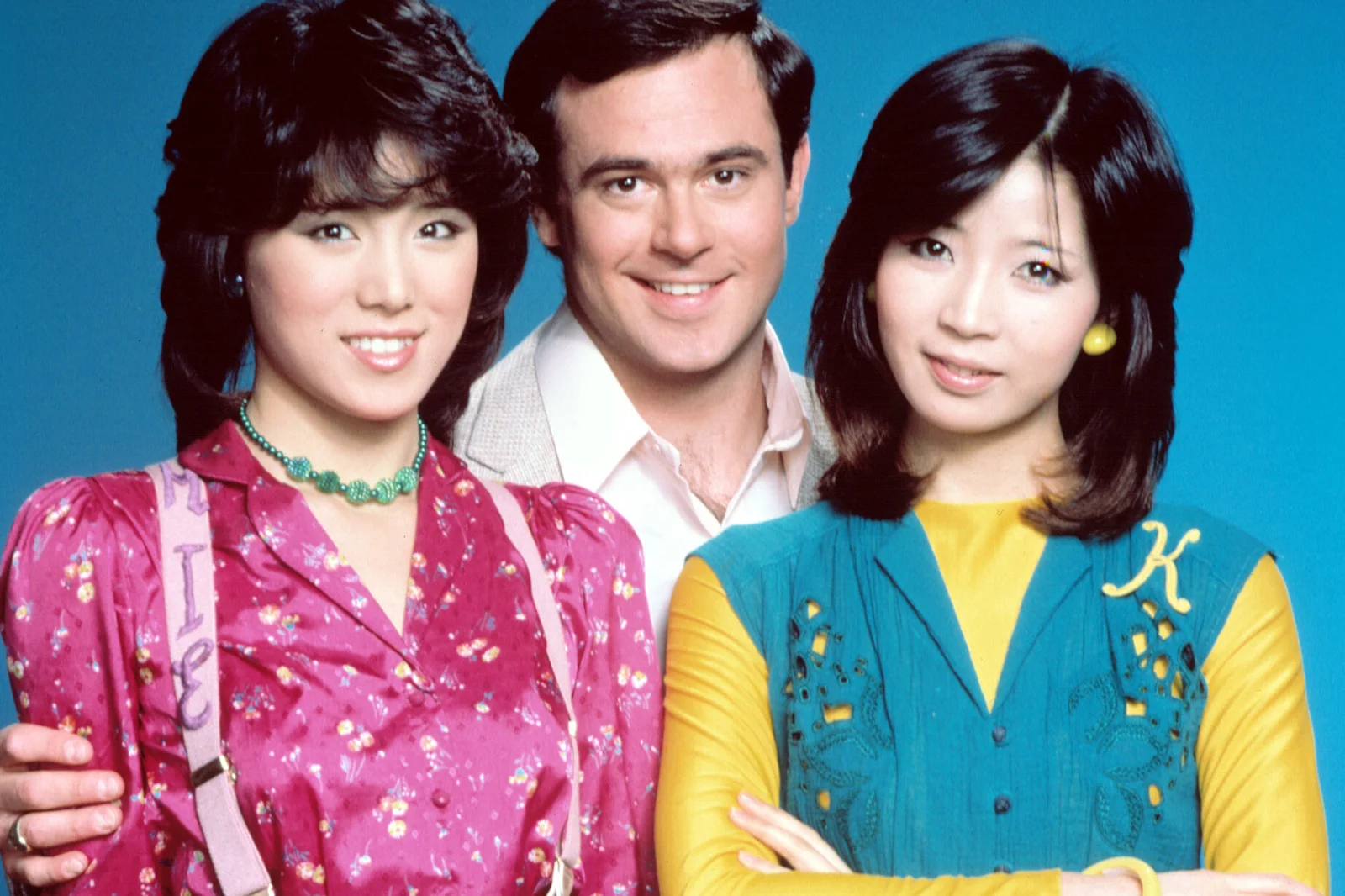
Perhaps the most notorious variety show failure of all time, this program attempted to build an entire series around Japanese pop duo Pink Lady despite the fact that neither Mie nor Kei could speak more than a few words of English. The network paired them with comedian Jeff Altman, who struggled through painfully awkward transitions while the women phonetically recited their lines and performed elaborate musical numbers in broken English. Each episode featured the inexplicable requirement that Pink Lady end the show in a hot tub with their guest stars, creating bizarre moments like respected actors Hugh Hefner and Sid Caesar awkwardly sharing bubbles with pop stars who couldn’t communicate with them.
The show’s fundamental concept—building a prime-time American variety show around performers who couldn’t speak the language—represents a level of network desperation and cultural tone-deafness that feels almost unbelievable today. The series lasted only six episodes before being cancelled, but its legendary awfulness has earned it a place in the pantheon of television disasters that network executives still reference when discussing shows that should never have been greenlit. Its existence serves as a perfect time capsule of an era when networks were so desperate for variety show content that literally any concept, no matter how ill-conceived, might get a chance at prime-time.
10. The Richard Pryor Show (1977)
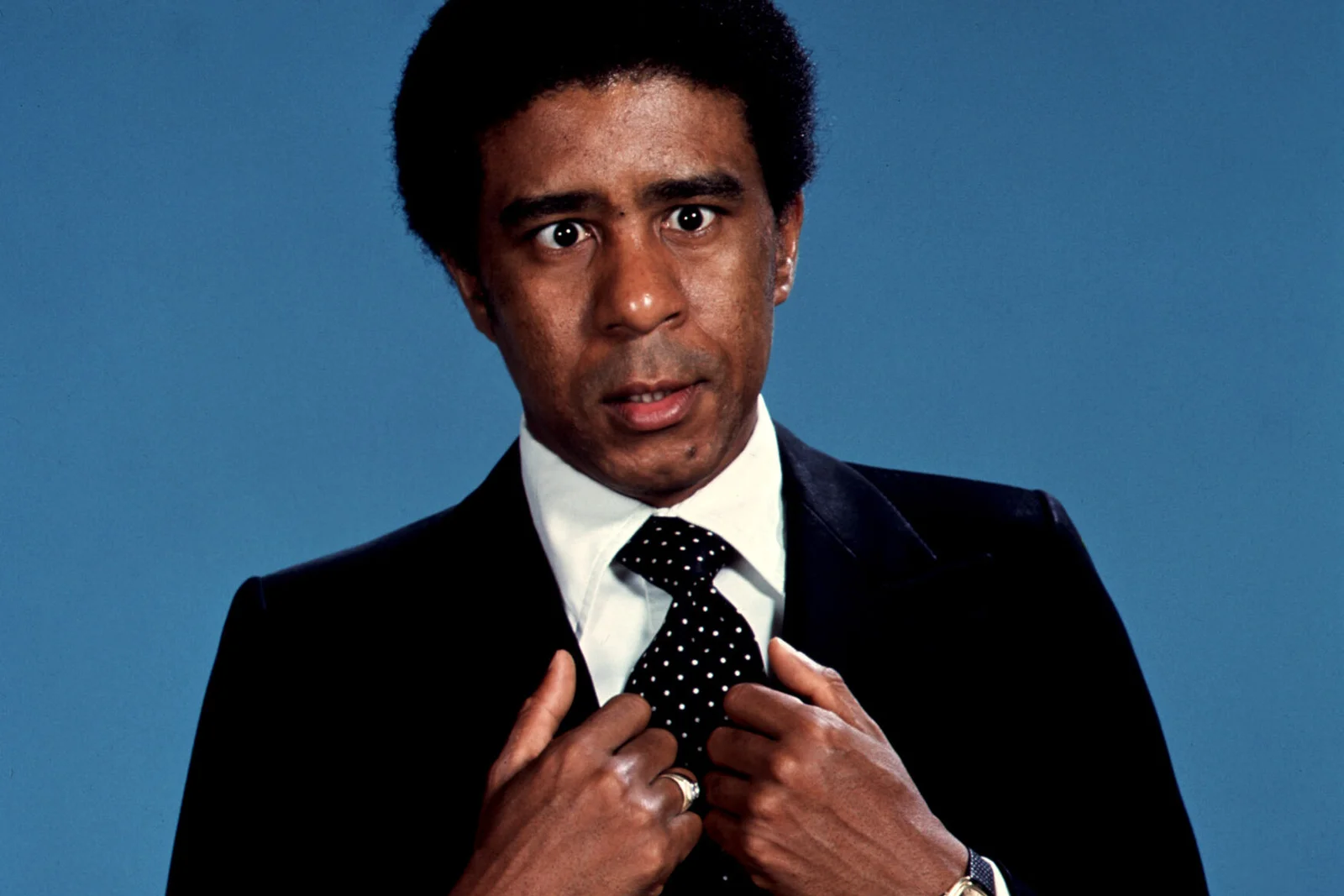
Comedy legend Richard Pryor brought his revolutionary style to network television for just four episodes before the inevitable clash between his boundary-pushing comedy and NBC’s standards department ended the experiment. The show’s opening episode featured Pryor himself appearing nearly naked (with body paint providing minimal coverage) as a statement about the constraints he was already feeling from network censors. His provocative sketches addressed race, poverty, and police brutality with a frankness that television audiences had never experienced, creating groundbreaking moments that were both uncomfortable and enlightening.
The show’s abbreviated run represented the fundamental incompatibility between Pryor’s uncompromising artistic vision and the commercial requirements of network television in the 1970s. Recurring characters like Pryor’s wino philosopher and confrontational sketches about racism created moments of television that were simultaneously hilarious and deeply challenging to the status quo. The show’s behind-the-scenes battles with network censors foreshadowed Pryor’s eventual return to the concert films and albums where his unfiltered genius could flourish without network interference—making this brief television experiment a fascinating “what if” in entertainment history.
11. The Brady Bunch Hour (1976-1977)
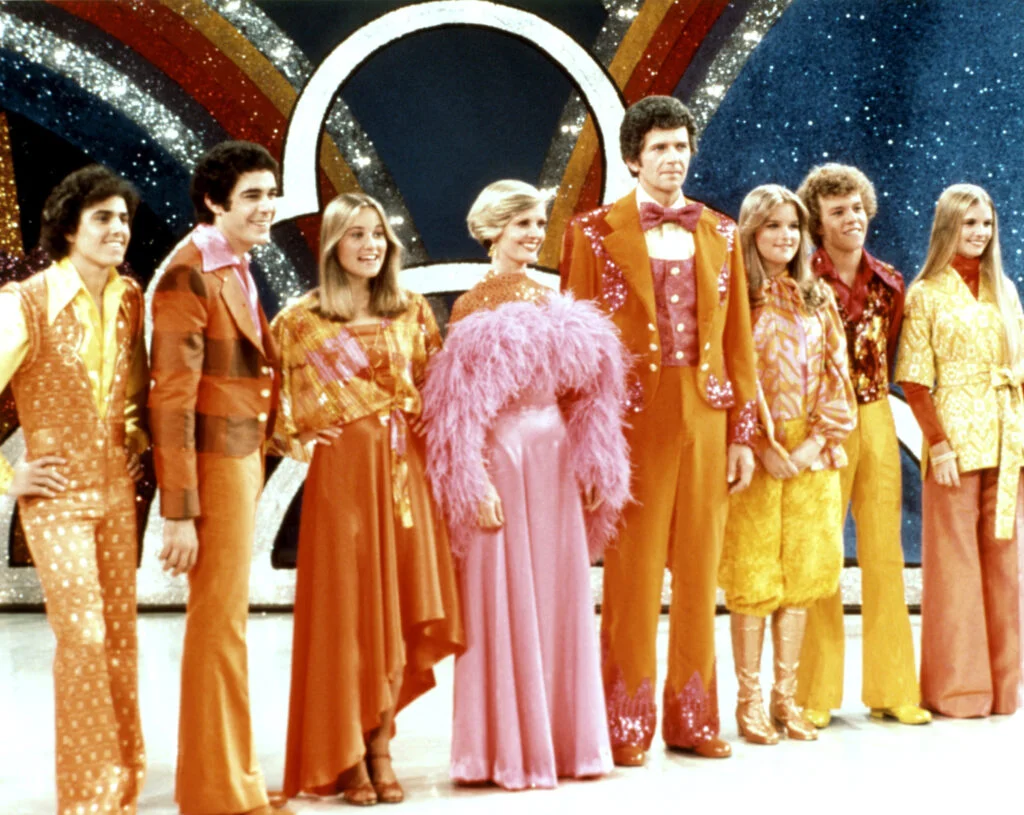
In perhaps the most bewildering career pivot in television history, the wholesome Brady family from the successful sitcom was inexplicably transformed into a variety show cast complete with elaborate water ballet sequences. Nearly all the original cast members (except Eve Plumb, whose Jan character was awkwardly recast) were contractually obligated to perform song and dance routines despite many having minimal talent in either area. The bizarre format featured the Brady family “living” in a beach club where they would randomly burst into song between comedy sketches and synchronized swimming numbers by the “Kroftette Dancers.”
The show’s surreal premise combined with the cast’s visible discomfort created an accidentally psychedelic viewing experience that seemed designed to destroy all goodwill from the original sitcom. Robert Reed, who had frequently complained about the original show’s scripts, somehow found himself in an even more creatively compromised position—forced to sing disco covers while wearing pastel jumpsuits in what appeared to be an elaborate form of Hollywood punishment. The show represents the peak of the “let’s turn every successful property into a variety show” trend that dominated ’70s network thinking—a strategy so thoroughly discredited by failures like this that it effectively disappeared from the entertainment playbook forever.
12. The Star Wars Holiday Special (1978)
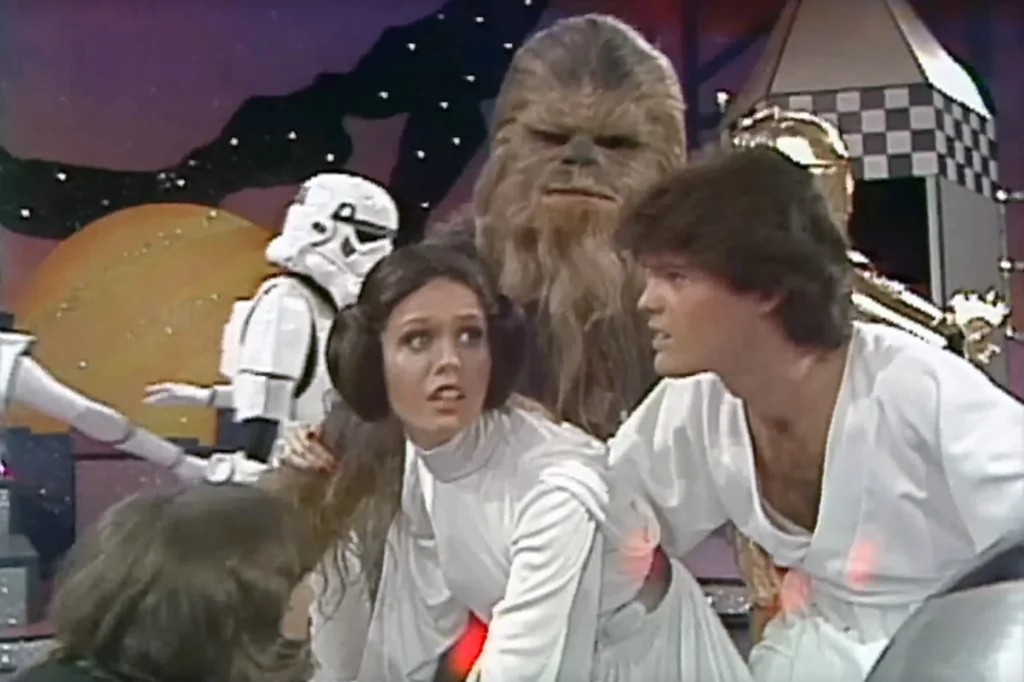
This notorious television event aired exactly once before being disowned by George Lucas himself, who has spent decades trying to erase it from existence despite the fact that it featured the original cast of the blockbuster film. The barely coherent plot centered around Chewbacca’s family celebrating “Life Day” and featured interminable sequences of Wookiees growling at each other without subtitles, interspersed with variety segments including Jefferson Starship performing a psychedelic rock number and Bea Arthur singing in a cantina. Perhaps most disturbing was the sequence where Chewbacca’s elderly father Itchy experienced what can only be described as a virtual reality fantasy featuring Diahann Carroll in what seemed inappropriate for the show’s family audience.
The special’s bizarre combination of Star Wars mythology and variety show elements created a tonally disastrous experience that continues to baffle viewers who discover bootleg copies today. Princess Leia actress Carrie Fisher later admitted she would put it on at parties when she wanted guests to leave, while Harrison Ford pretends to this day that it never happened despite clear video evidence of his participation. The special stands as perhaps the ultimate example of ’70s variety television excess—a format so ubiquitous that even a science fiction franchise was forced to conform to it, with results so catastrophic that it effectively ended the career of variety director Steve Binder and caused Lucas to tighten his grip on the Star Wars franchise for decades afterward.
The variety format finally faded as audience tastes shifted toward sitcoms, drama series, and reality programming, leaving behind a colorful legacy that feels almost mythical to younger generations. These shows represent a unique moment in entertainment history when networks would throw almost anything at the screen in elaborate, expensive productions that often defied logic but somehow captured our hearts. While modern revivals occasionally attempt to recapture the variety magic, they lack the beautiful chaos and genuine strangeness that made these ’70s originals so special—proving that sometimes, you really can’t go home again, even if home had sequins, comedy sketches, and synchronized swimmers.


